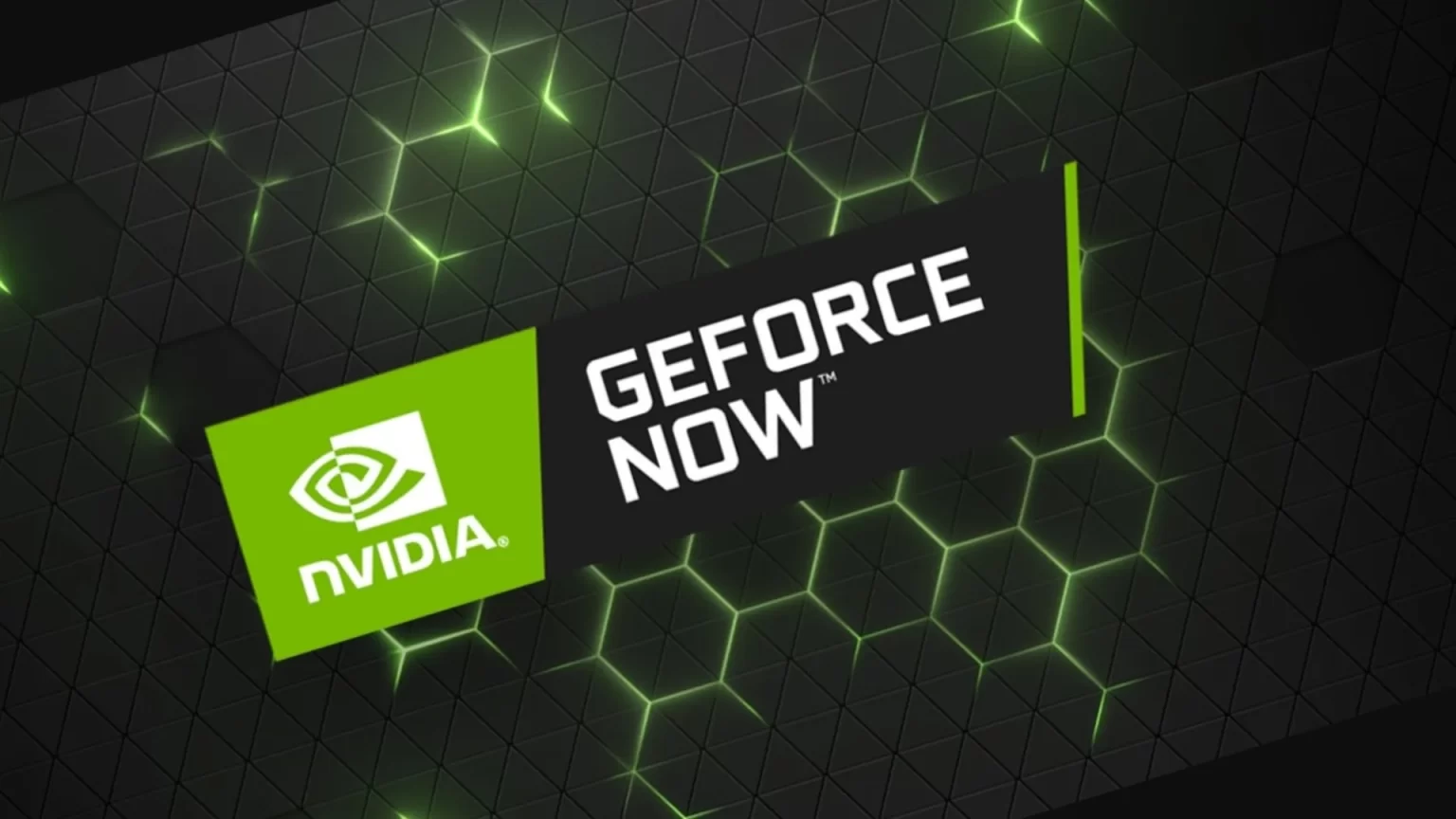In a move to maintain the quality of its cloud gaming service without raising subscription fees, Nvidia has announced major changes to its GeForce Now platform, including a cap on monthly playtime for its members. Starting on January 1, 2025, all new subscribers to the Performance or Ultimate tiers will face a 100-hour monthly playtime limit. This cap is set to ensure that Nvidia can continue delivering fast, high-quality gaming experiences without increasing membership prices.
What’s Changing in GeForce Now?
One of the biggest changes involves the Priority membership, which is being renamed to Performance. The new Performance tier will come with several enhancements, including:
- 1440p streaming for sharper resolution,
- Ultrawide resolution support for a broader, more immersive gaming experience, and
- The ability to save graphics settings across sessions for a more personalized and consistent experience.
However, the most significant shift for GeForce Now users will be the introduction of the 100-hour playtime cap. Nvidia clarified that the decision to impose this limit is designed to avoid price hikes for members while still maintaining the platform’s performance. This change will initially impact only new members who sign up starting in 2025.
To put it in perspective, 100 hours translates to roughly three hours per day of gaming. For many gamers, this will be sufficient, but those who need more playtime will have the option to purchase additional hours. Subscribers can buy 15 extra hours for the Performance tier at $2.99 and for the Ultimate tier at $5.99.
How the 100-Hour Cap Works
- New Members (2025 Onward): Starting January 2025, new members will be restricted to a 100-hour monthly playtime on the Performance or Ultimate tiers.
- Existing Members: Current paid subscribers who are already on the service will not face this cap until January 1, 2026. After this date, everyone on GeForce Now will be subject to the 100-hour monthly limit, even if they’ve been with the service for years.
Unused Playtime: Members who don’t use their full 100 hours in any given month will have their remaining time rolled over to the next month. Nvidia will automatically carry over up to 15 hours of unused playtime.
How Subscribers Can Adjust
- Exceeding the Cap: If you hit the 100-hour limit before the end of the month, you will have two options: either switch to Basic rigs for the rest of the month, which offer standard performance, or purchase additional hours.
- Day Pass Discounts: To give users more flexibility, Nvidia is offering a 25% discount on Ultimate and Performance day passes until November 22, 2024. These day passes can then be upgraded to monthly or six-month subscriptions, allowing gamers to lock in a year of unlimited playtime ahead of the 100-hour cap that will be enforced in 2026.
Nvidia’s decision to impose a playtime cap is aimed at balancing the growing demand for cloud gaming with the resources required to maintain high-quality service. According to the company, this change will affect fewer than 6 percent of current members. Nvidia’s blog post explains that the cap will help ensure members continue to enjoy “unparalleled quality and speed,” along with “short to no queue times” for paid users.
Why the Playtime Cap?
Nvidia’s move is a strategy to maintain affordable membership fees while ensuring optimal service quality for all subscribers. By capping playtime, the company can better manage the demands on its servers, ensuring that the platform remains accessible without slowing down or compromising gaming experiences. This change reflects a broader trend in the gaming industry, where companies are balancing the expansion of cloud gaming services with the need to manage infrastructure costs and avoid price increases.
For now, the 100-hour cap only affects paid members—Basic members (who have free access) will continue to have limited playtime per session, with the added flexibility of using Nvidia’s Basic rigs for shorter gaming sessions.
What’s Next for GeForce Now?
Nvidia’s adjustments to GeForce Now come at a time when cloud gaming is rapidly gaining popularity. With the rise of services like Google Stadia (now discontinued), Xbox Cloud Gaming, and PlayStation Now, the competition is fierce, and Nvidia is working to ensure it remains a leader in this space. The enhancements to the Performance membership, combined with flexible options to purchase additional playtime, will likely attract both new users and long-time fans of the platform.
As the service evolves, Nvidia will need to find the right balance between keeping costs low for consumers while continuing to offer an exceptional cloud gaming experience. The 100-hour playtime cap is a step in that direction, ensuring sustainability without compromising on quality.
